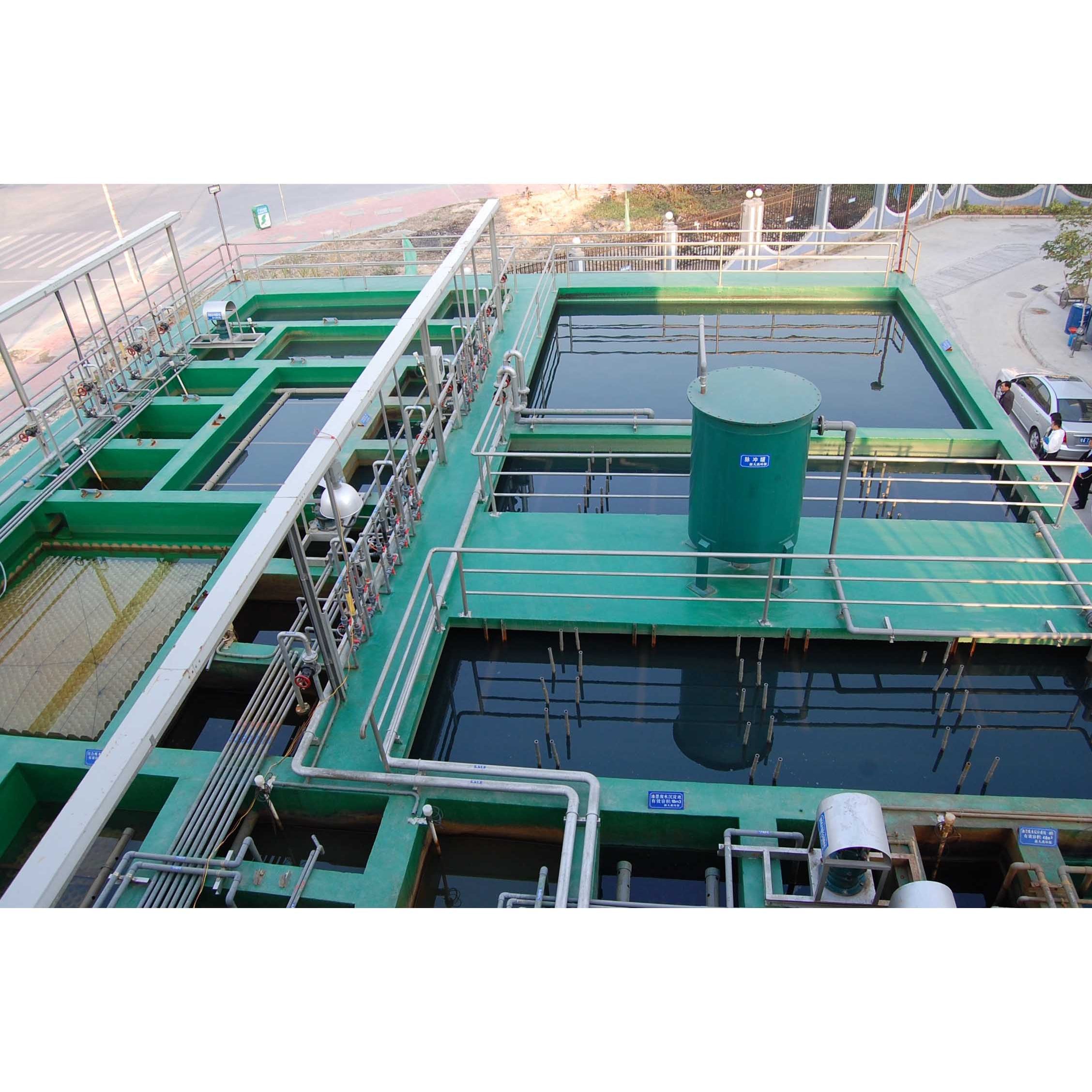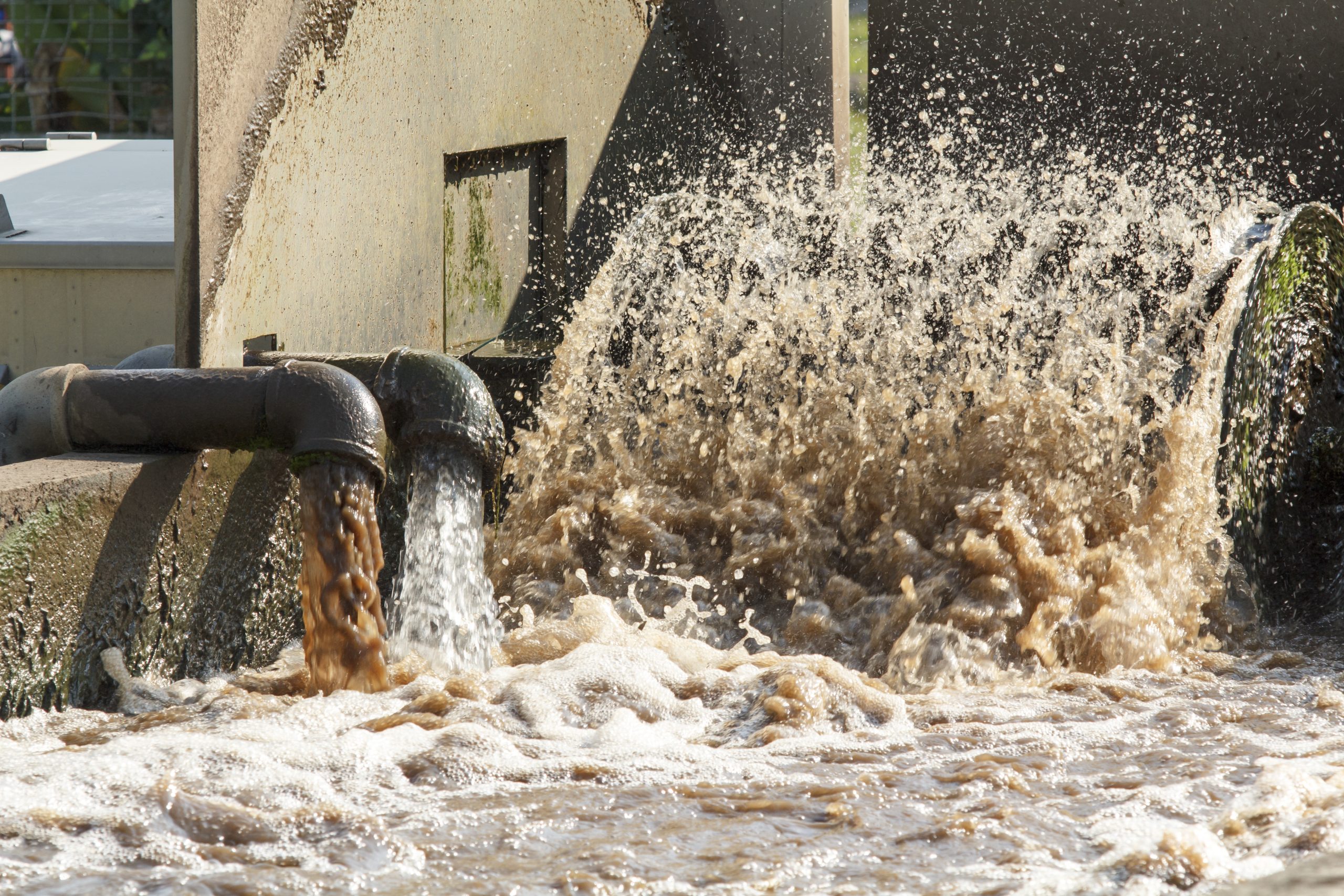Industrial Waste Water Treatment-- Lasting Solutions for Industrial Water Management
Industrial Waste Water Treatment-- Lasting Solutions for Industrial Water Management
Blog Article
Difficulties and Solutions in Hazardous Waste Water Treatment
The therapy of commercial wastewater presents a diverse selection of challenges, varying from stringent regulatory conformity to the complexities of expense monitoring and technological restrictions. The irregularity in waste make-up further complicates the efficiency of typical therapy methods, frequently leading to risen functional expenses. However, emerging solutions such as sophisticated oxidation processes and ingenious funding designs reveal assurance in resolving these issues. As industries grapple with the need for lasting practices, the inquiry continues to be: what approaches will inevitably bring about an equilibrium in between conformity, cost-efficiency, and environmental obligation?
Regulatory Compliance Challenges
How can commercial facilities browse the complicated landscape of regulatory compliance in wastewater therapy? The regulatory framework controling wastewater monitoring is multifaceted, usually varying by territory and type of market.
To properly handle these conformity challenges, facilities need to execute durable monitoring and reporting systems that make sure real-time data collection and analysis. Routine audits and threat assessments can determine possible conformity gaps, enabling for aggressive adjustments in treatment procedures. Staff member training programs concentrating on regulatory understanding and ideal techniques are important to promote a society of conformity within the company.
Furthermore, engaging with regulative agencies can supply important understandings and clear up unclear policies. Facilities might likewise take advantage of consulting with ecological specialists who concentrate on wastewater treatment conformity, guaranteeing that they remain abreast of advancing policies. By taking on these strategies, commercial centers can not only fulfill compliance demands yet likewise improve their operational performance and environmental stewardship.
Expense and Financial Obstacles
Navigating regulatory conformity in wastewater therapy often provides substantial economic challenges for industrial facilities. The prices related to executing needed therapy modern technologies, maintaining compliance with rigid laws, and taking care of operational expenses can be daunting. Numerous companies deal with high first resources expenses for the construction or upgrading of wastewater treatment plants, which may strain budgets, especially for medium-sized and little business.
Moreover, continuous operational expenses, including chemical, maintenance, and labor inputs, contribute to the financial burden. The unpredictability of varying energy prices and the potential demand for added financial investments to satisfy progressing guidelines worsen these economic pressures. In many cases, the absence of economic rewards or support from government bodies makes it a lot more difficult for companies to justify financial investments in innovative treatment systems.
Additionally, the financial feasibility of wastewater treatment solutions is frequently questioned, specifically for markets with tight earnings margins. As a result, it is vital for industrial centers to check out affordable strategies, such as taking on innovative funding choices, taking part in partnerships, and leveraging arising innovations that can help alleviate these economic obstacles while making sure compliance with ecological standards.

Technological Limitations
Numerous technical constraints impede the efficiency of industrial wastewater therapy procedures. One considerable challenge is the insufficiency of existing therapy innovations to address intricate pollutants. Numerous conventional approaches, such as triggered sludge and chemical precipitation, battle with the removal of arising contaminants, including microplastics and drugs. This limitation usually leads to the discharge of inadequately dealt with water, which can have harmful environmental go to this website effects.
In addition, the scalability of therapy innovations poses a difficulty. While some advanced techniques, like membrane filtering or innovative oxidation, show assurance in controlled atmospheres, their execution on a larger range can be prohibitively costly and practically challenging. Upkeep and operational complexities additionally make complex the adoption of these systems, particularly for smaller sized industries with restricted technological competence.
The assimilation of real-time monitoring innovations additionally remains inadequate in lots of therapy centers. Without effective tracking systems, drivers can not adequately evaluate treatment effectiveness or identify potential failures, causing irregular effluent top quality. Subsequently, dealing with these technological restrictions via r & d, alongside investment in ingenious options, is critical for enhancing the efficacy of industrial wastewater therapy and making sure governing conformity. Industrial Waste Water Treatment.
Variability in Waste Make-up
In the world of commercial wastewater treatment, the variability in waste make-up offers a powerful challenge. Industries generate wastewater with varied attributes, influenced view website by elements such as production procedures, raw products, and operational techniques. This diversification complicates the treatment procedure, as traditional systems frequently struggle to effectively resolve the large range of pollutants existing.
For instance, wastewater from food handling might contain high degrees of organic issue, while effluents from chemical manufacturing could consist of heavy steels and dangerous substances. This difference necessitates versatile treatment approaches to make sure compliance with ecological regulations and secure public health. In addition, fluctuations in waste make-up can occur gradually, influenced by modifications in manufacturing routines, upkeep activities, or the introduction of brand-new products.

Cutting-edge Treatment Solutions
Cutting-edge treatment services are crucial for resolving the complexities of commercial wastewater management. Standard methods typically drop short in properly removing a variety of impurities, particularly in facilities with varied effluent streams. Recent improvements concentrate on integrating sophisticated technologies to improve therapy efficiency and sustainability.
One appealing strategy is making use of sophisticated oxidation procedures (AOPs), which leverage powerful oxidants to break down natural pollutants. AOPs, including photocatalysis and ozonation, can substantially lower toxic compounds and enhance effluent top quality. Additionally, membrane bioreactor (MBR) innovation has actually gained traction, integrating organic therapy with membrane layer purification, resulting in premium effluent and lowered impact.
Another ingenious remedy is the execution of resource healing More Help systems. Strategies like anaerobic digestion not just deal with wastewater but additionally produce biogas, which can be taken advantage of as a renewable resource resource. Furthermore, the fostering of artificial knowledge and artificial intelligence versions can maximize therapy procedures by anticipating variations in wastewater composition, thereby enhancing functional performance.
These ingenious services not just address regulative compliance but additionally advertise environmental sustainability, leading the way for a more effective and resilient commercial environment.
Final Thought
Finally, addressing the obstacles of industrial wastewater therapy needs a multifaceted technique that integrates governing compliance, price administration, and technological innovations. Ingenious solutions, such as sophisticated oxidation processes and membrane bioreactor technology, deal pathways to improve treatment performance. Moreover, real-time monitoring systems and collective engagement with governing agencies can advertise sustainable methods while mitigating financial stress. A commitment to continuous renovation in treatment methods will ultimately add to the reliable monitoring of industrial wastewater and environmental management.
The treatment of industrial wastewater presents a multifaceted array of challenges, ranging from strict regulative compliance to the complexities of expense administration and technological constraints. Industrial Waste Water Treatment.Navigating regulatory conformity in wastewater treatment typically offers substantial monetary difficulties for industrial centers. Attending to these technical constraints through research study and development, together with investment in cutting-edge remedies, is essential for improving the efficacy of commercial wastewater therapy and making sure regulatory compliance
Wastewater therapy facilities have to invest in durable surveillance systems and flexible therapy modern technologies capable of suiting varying influent characteristics.In verdict, addressing the challenges of commercial wastewater treatment calls for a diverse approach that incorporates regulative compliance, price management, and technical improvements.
Report this page